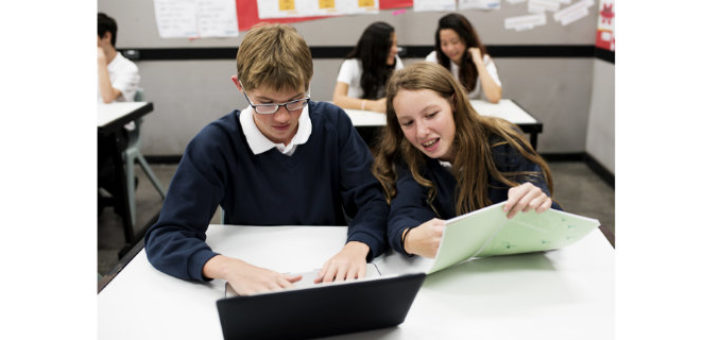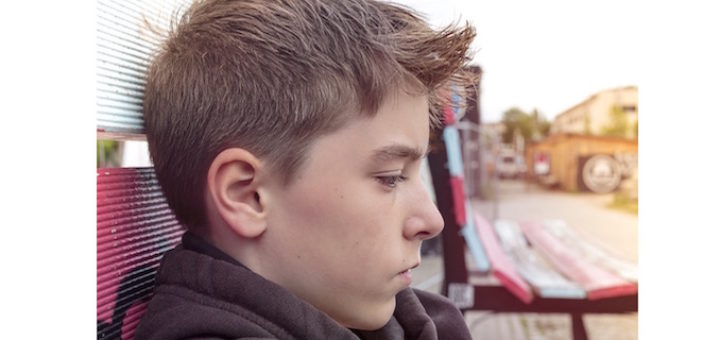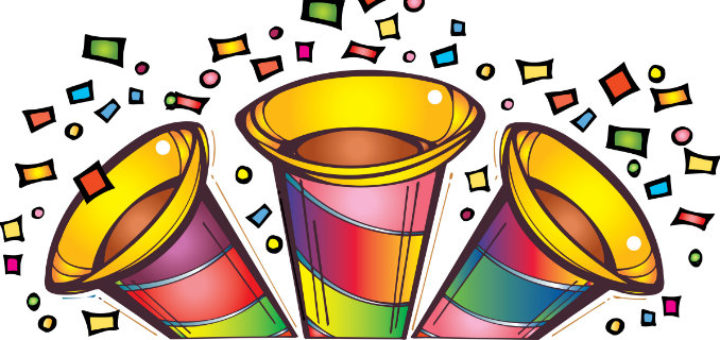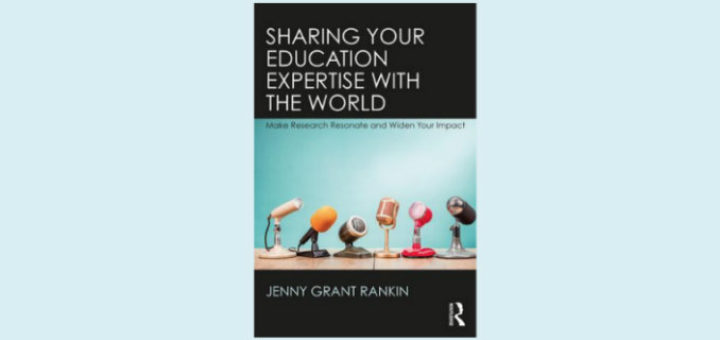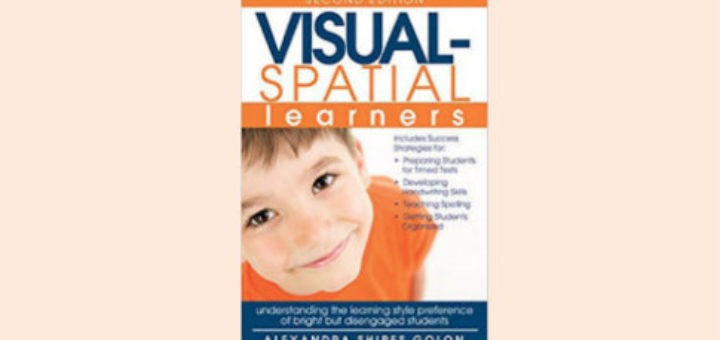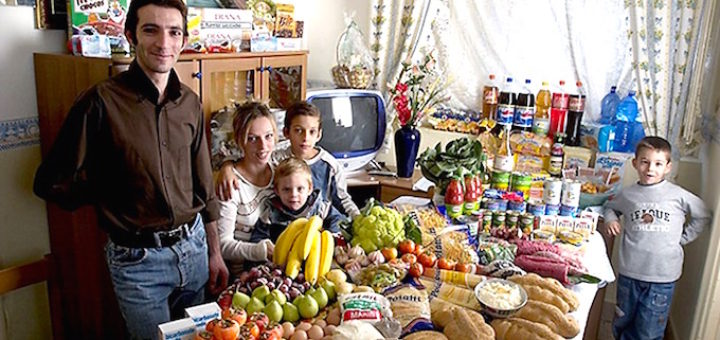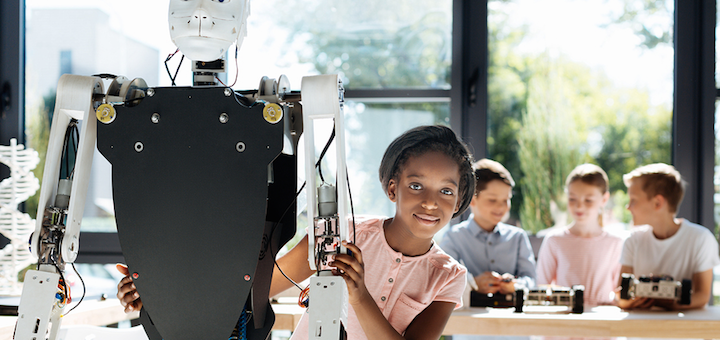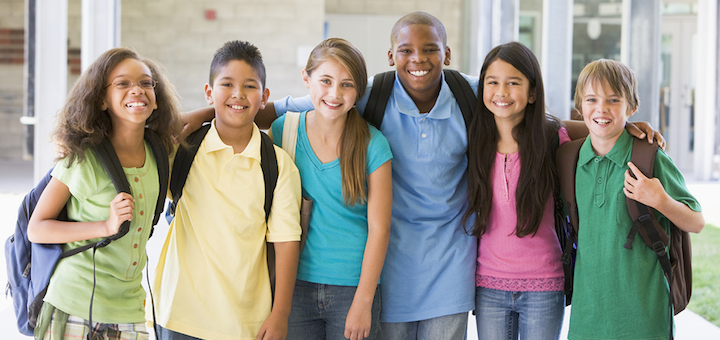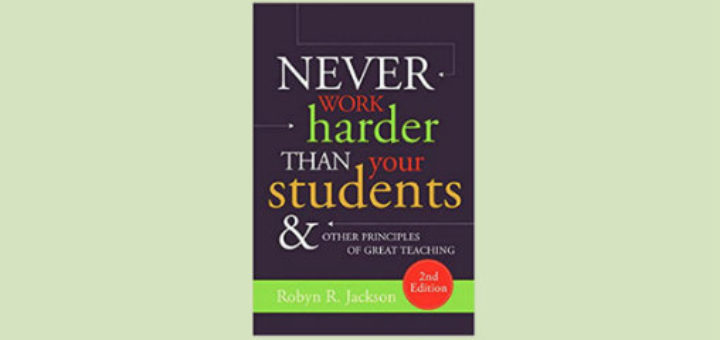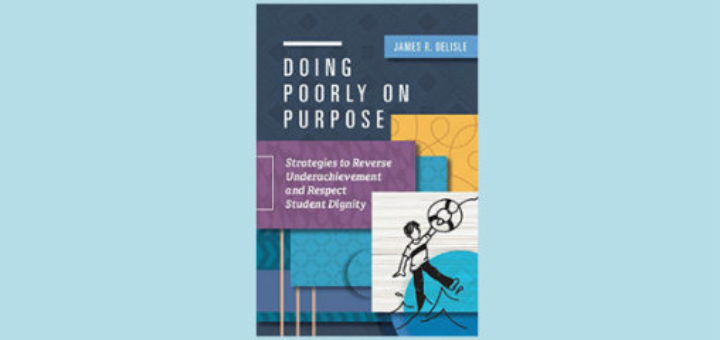Do My Classroom Rules Help or Hurt Learning?
Recently for the first time 10-year veteran Michelle Russell gave students extra credit for an optional assignment. It worked! And helped her realize she needed to examine other classroom practices to see if they had merit or were just old habits that needed rethinking.

